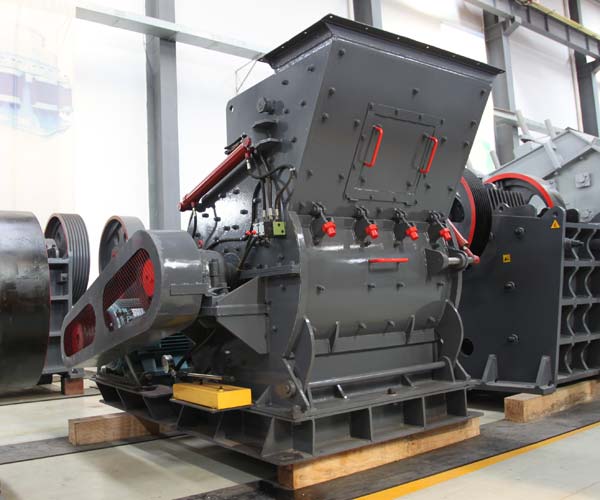
Clinker is a vital component in the production of cement. It is an intermediate product formed during the manufacturing of cement, and is a nodular material that is greyish-black in appearance. Clinker is created by heating limestone, clay, and other materials to a temperature of about 1450°C, which causes a chemical reaction known as calcination to occur.
24 Online Service
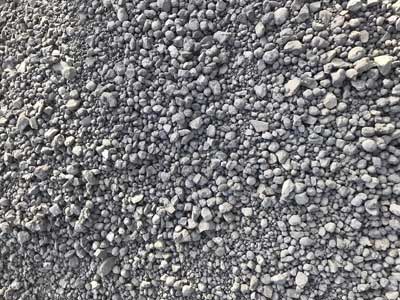
Calcination involves the breakdown of the raw materials and the formation of new compounds, such as calcium silicates and aluminates, which are the primary components of clinker.
In addition to their importance in the cement industry, clinker crushers also play an important role in the mining industry. They are used to break down large rocks and minerals into smaller, more manageable pieces. This makes it easier to extract valuable minerals and metals from the earth.
After clinker is produced, it must be crushed before it can be used in the production of cement. There are several reasons why this is necessary. First and foremost, clinker is an extremely hard and abrasive material. This means that it is difficult to grind down into the fine powder that is needed to make cement. Crushing the clinker is the first step in this process, as it reduces the size of the clinker particles and makes them easier to grind.
Secondly, crushing the clinker helps to ensure that the resulting cement has a consistent quality. If the clinker particles are too large or too small, this can result in uneven grinding and lead to variations in the cement’s properties. By crushing the clinker, manufacturers can ensure that the resulting cement is of a consistent quality, which is essential for ensuring that the final product meets the necessary standards and specifications.
Thirdly, crushing the clinker can help to reduce the amount of energy that is required to grind it down into a fine powder. This is because smaller clinker particles have a larger surface area than larger particles, which means that they can be ground more easily and with less energy. By crushing the clinker, manufacturers can reduce the amount of energy that is required during the grinding process, which can help to lower the overall production costs.
Finally, crushing the clinker can help to improve the overall efficiency of the cement production process. This is because the crushing process can help to break down any clumps or aggregates that may have formed during the manufacturing process. These clumps can be difficult to grind down, and can lead to inefficiencies and waste in the grinding process. By crushing the clinker, manufacturers can ensure that the resulting powder is free from clumps and aggregates, which can help to improve the efficiency of the grinding process and reduce waste.
The production of clinker involves several stages, including raw material preparation, clinker production, and finishing. The raw materials used in clinker production include limestone, shale, iron ore, and clay. These materials are extracted from quarries and transported to the cement plant, where they are processed.
The raw materials used in clinker production are typically extracted from quarries in large blocks or chunks. The first step in the production of clinker is to crush and grind these materials into a fine powder. This is accomplished using equipment such as crushers, mills, and grinders.
Crushers are machines used to reduce the size of raw materials to a manageable size. They can be classified into two main types: primary crushers and secondary crushers. Primary crushers are typically used to reduce the size of large rocks or boulders, while secondary crushers are used to reduce the size of smaller particles.
Mills are machines used to grind raw materials into a fine powder. They can be classified into two main types: ball mills and vertical mills. Ball mills are typically used for grinding materials that are too hard or abrasive for other types of mills. Vertical mills are used for grinding materials that are softer or less abrasive.
Grinders are machines used to reduce the size of raw materials to a fine powder. They can be classified into two main types: hammer mills and roller mills. Hammer mills are used for grinding materials that are too hard or abrasive for other types of grinders. Roller mills are used for grinding materials that are softer or less abrasive.
The process of cement clinker grinding begins with the clinker being transported from the clinker storage yard to the cement mill. The clinker is then fed into the cement mill where it is ground to a fine powder. The grinding process is typically done using a ball mill or a vertical roller mill.
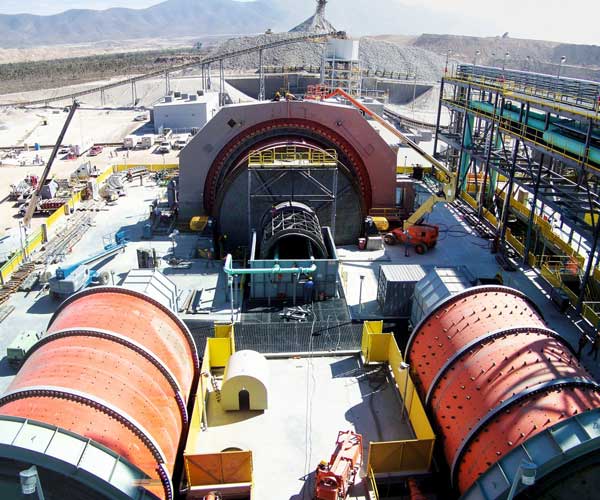
Ball mills are cylindrical steel shells with steel liners. The grinding media in the ball mill is usually steel balls that are made of hardened steel. As the clinker particles are ground, they are lifted by the steel balls and drop back onto the feed, thus increasing the grinding efficiency. Vertical roller mills, on the other hand, have a vertical grinding chamber with a rotating table that is driven by a motor. The table has a series of rollers that crush and grind the clinker particles.
During the grinding process, the clinker particles are reduced in size to a fine powder. This powder is known as cement. The grinding process is important because it helps to produce cement with the desired properties. The grinding process also helps to increase the surface area of the clinker particles, which is important for the hydration process that occurs when the cement is mixed with water.
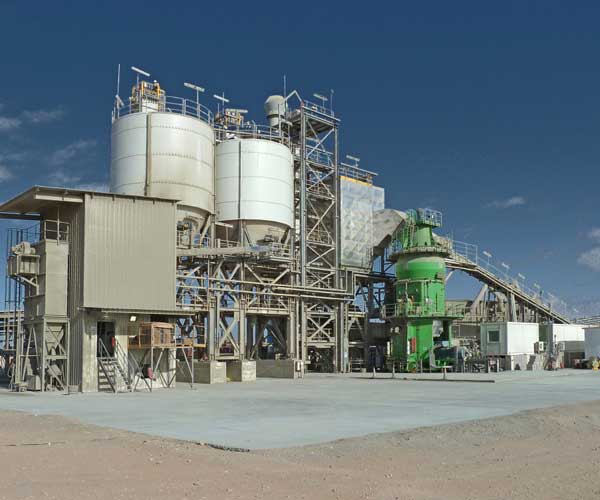
One of the most energy-efficient grinding technologies is the use of vertical roller mills. Vertical roller mills have a lower energy consumption compared to ball mills and can produce cement with a higher fineness. They also have a smaller footprint, which makes them suitable for modern cement plants that have limited space.
The hydration process is the chemical reaction that occurs when water is added to cement. During this process, the cement particles react with water to form calcium silicate hydrates and calcium hydroxide. These compounds are responsible for the strength and durability of the final product. The hydration process is also responsible for the setting and hardening of the cement.
Cement clinker grinding is a complex process that involves many variables, such as the type of grinding mill, the grinding media used, the feed rate, and the fineness of the product. These variables can affect the quality and properties of the final product. Therefore, it is important to optimize the grinding process to ensure that the final product meets the required specifications.
Once the raw materials have been prepared, they are fed into a kiln for clinker production. The kiln is a large cylindrical furnace that is heated to very high temperatures. The kiln is the most critical piece of equipment in the clinker production process.
The kiln is typically lined with refractory bricks that can withstand the high temperatures required for clinker production. The raw materials are fed into the kiln at one end and heated to temperatures of up to 1500°C. As the materials move through the kiln, they undergo several chemical reactions that result in the formation of clinker.
The kiln is typically fueled by coal or natural gas. The fuel is burned in the kiln, and the heat is used to drive the chemical reactions that produce clinker. The kiln can be classified into two main types: rotary kilns and vertical kilns.
Rotary kilns are the most commonly used type of kiln in clinker production. They are large cylindrical furnaces that rotate slowly on their axis. The raw materials are fed into the kiln at one end, and the clinker is discharged from the other end.
Vertical kilns are less commonly used in clinker production. They are vertical furnaces that are heated from the bottom. The raw materials are fed into the top of the kiln, and the clinker is discharged from the bottom.
After the clinker has been produced, it is cooled and ground into a fine powder. This powder is then mixed with gypsum to produce cement. The finishing equipment used in the production of clinker includes cooling equipment, grinding equipment, and packing equipment.
Cooling equipment is used to cool the clinker after it has been produced. This is typically done using air or water.
Cement manufacturing is a complex process that involves a range of equipment and machinery, including clinker crushers. Clinker crushers are essential equipment in cement production because they are responsible for reducing the size of the clinker from the kiln process to a size that can be further processed in the mills.
Clinker crushers are a critical component in the cement manufacturing process. They are used to break down large clinker into smaller particles that can be easily processed into cement.
Clinker is a hard, nodular material that forms during the cement manufacturing process when raw materials are heated to high temperatures in a kiln. It is the primary ingredient in cement, and the quality of the final product depends largely on the quality of the clinker. Clinker crushers are used to break down this material into smaller particles that can be easily processed.
A clinker crusher operates by breaking down large clinker pieces into smaller pieces. This is achieved by a series of rotating hammers that strike the clinker at high speeds. As the hammers strike the clinker, it is broken into smaller pieces that can be easily processed into cement.
Clinker crushers play a critical role in the cement manufacturing process because they are responsible for reducing the size of the clinker from the kiln process to a size that can be further processed in the mills. The size reduction process is important because it enables the clinker to be ground more easily and efficiently in the mills, which results in a higher quality and more consistent cement product.If the clinker is not properly broken down, it can result in lower quality cement that may not meet industry standards.
Furthermore, clinker crushers are essential for maintaining a consistent and reliable supply of clinker to the mills. If the clinker is not properly crushed, it can cause problems such as blockages in the production line, reduced production rates, and even damage to the equipment. By using clinker crushers, cement manufacturers can ensure that the clinker is properly crushed and sized before being processed in the mills, which helps to prevent these types of problems.
Clinker crushers are also important from an operational standpoint. If the clinker is not properly crushed, it can cause blockages in the production line, resulting in downtime and lost production. This can be particularly problematic in the cement industry, where downtime can be very expensive.
There are several types of clinker crushers used in cement manufacturing, each with its own unique features and benefits. Let’s take a closer look at some of the most common types of clinker crushers:

Hammer Crushers: Hammer crushers are used to crush clinker that is already in size and need to be further reduced. They operate by applying a high-speed impact force to the clinker, which causes it to break apart into smaller pieces. Hammer crushers are highly efficient and can handle a wide range of materials, including soft, medium-hard, and brittle materials.
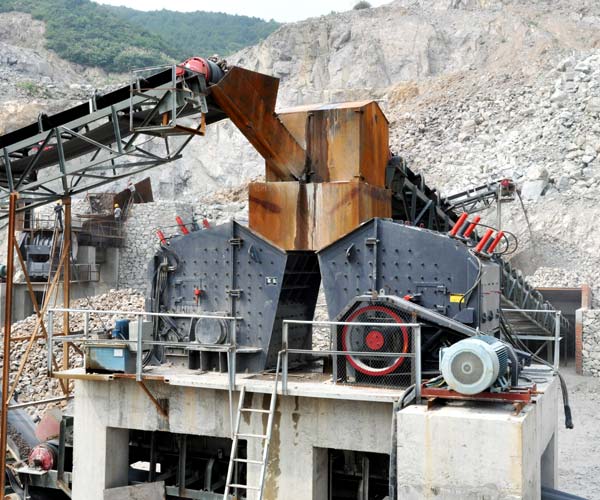
Impact Crushers: Impact crushers are designed to crush clinker using a high-speed impact force. They are similar to hammer crushers but use a different mechanism to apply the impact force. Impact crushers are highly efficient and can handle a wide range of materials, including hard and abrasive materials.
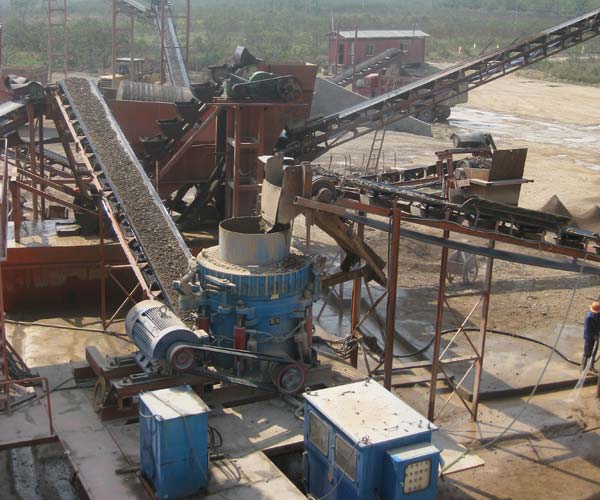
Cone Crushers: Cone crushers are used to crush clinker that is already in size and need to be further reduced. They operate by compressing the clinker between a rotating mantle and a stationary bowl liner. Cone crushers are highly efficient and can handle a wide range of materials, including hard and abrasive materials.
Cement production is a highly energy-intensive process, with the grinding and crushing of raw materials accounting for a significant proportion of total energy consumption. In order to reduce energy consumption and improve efficiency in cement production, various techniques and technologies have been developed, including the use of clinker crushers.
The reduction in size achieved by clinker crushers has several benefits. First, it reduces the amount of energy required to grind the clinker into cement. Smaller pieces of clinker are easier to grind, which means that less energy is needed to achieve the same fineness of the final product. This results in significant energy savings, which can have a major impact on the overall efficiency of the cement production process.
Second, clinker crushers can improve the quality of the final cement product by ensuring that the clinker is properly ground. Proper grinding is essential for producing cement with the desired strength, consistency, and setting time. Clinker that is not properly ground can result in cement that is weaker and less durable, which can lead to a range of problems, including reduced structural integrity and increased maintenance costs.
In addition to reducing energy consumption and improving the quality of the final product, clinker crushers also offer several other benefits. For example, they can help to reduce wear and tear on other equipment in the cement production process. Clinker crushers are typically located at the beginning of the cement production process, where they can break down the clinker before it enters the grinding mills. This means that other equipment, such as the grinding mills, will be exposed to less wear and tear, which can help to prolong their lifespan and reduce maintenance costs.
Another benefit of clinker crushers is that they can help to reduce emissions of greenhouse gases, such as carbon dioxide (CO2). The cement industry is a significant contributor to global greenhouse gas emissions, accounting for around 7% of total emissions worldwide. By reducing the amount of energy required to produce cement, clinker crushers can help to lower the industry’s overall emissions footprint. Additionally, some clinker crushers are designed to capture and recycle excess heat generated during the crushing process, further reducing energy consumption and emissions.
Our Projects
Copyright © ZENITH, All Right Reserved.
